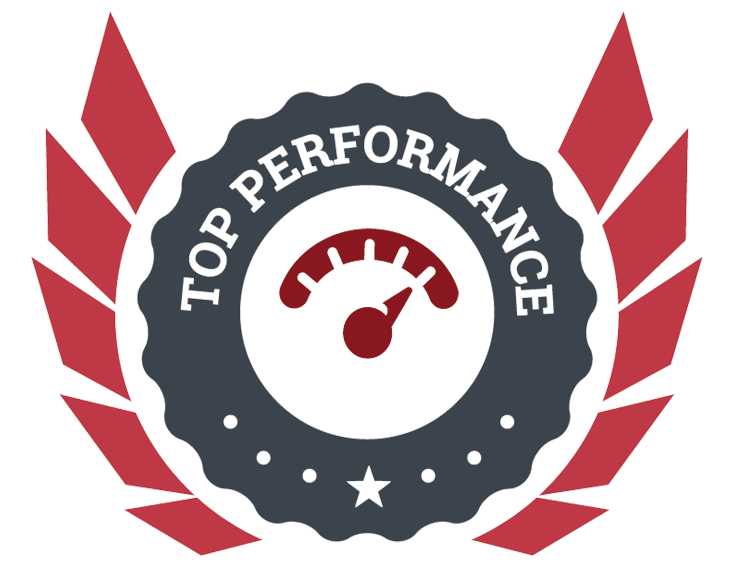Gamification 101 with IMC CEO Stuart Sherman


Lately, we've been fielding a lot of questions about gamification and what its benefits are.
I recently had the opportunity to speak with Stuart Sherman, CEO of IMC BA. IMC is one of Agility's closest Implementation Partners, and they have been doing amazing things with gamification, using Agility as the central platform hub on their solutions.
We talked at length about how gamification works, what it is, and how it can really help to drive engagement online.
 Joel Varty, Agility: Hi Stuart! I found it fascinating how you combined your knowledge of psychology and technology to talk about gamification.
Joel Varty, Agility: Hi Stuart! I found it fascinating how you combined your knowledge of psychology and technology to talk about gamification.
Gamification is defined by Google as “The application of typical elements of game playing (e.g., point scoring, competition with others, rules of play) to other areas of activity, typically as an online marketing technique to encourage engagement with a product or service.”
Do you agree with Google’s definition?
Stuart Sherman, IMC: I think the word “typical” is a mistake here. Often clients come to us and want to create a “game” as a methodology for engagement. The problem with this is that we tend to think of things we understand clearly and then use those things to extend our knowledge into areas we don’t understand well. The problem with this is that it causes us to simplify the thing we don’t understand well since its never the same.
In the case of gamification, what we’re actually trying to accomplish is to provide the engagement of a game, and its focus on “goal-seeking behaviour”, to an online (or in-app) experience.
Goal Seeking Behaviours (GSBs) are more about Behavioural Economic “Nudges” than they are about “Game Play”. This means that Google’s definition providing examples like, “point scoring, competition with others, rules of play” do a disservice to GSBs since they are specific game-related examples. But you’re not necessarily in competition with others to fill the “bands” on your Apple Watch exercise tracker, in this case, it’s a twist on point scoring, where you’re actually trying to satisfy yourself – there will always be someone who outperforms you, and if you knew that you might just give up. When you compete with yourself you’re more likely to feel accomplished.
I think the bottom line is that when you oversimplify what we like to call “Engagement Dynamics” down to Gamification it focuses you on very limited actions that are not as likely to be successful.
 Joel: When we talk about gamification, what are we trying to achieve in terms of end results? Why would we set out to do this?
Joel: When we talk about gamification, what are we trying to achieve in terms of end results? Why would we set out to do this?
Stuart: Carrying on from the previous question, I think if we drop the name “Gamification” and switch to “Engagement Dynamics” then you can leave tactical thinking and move on to strategy. Once you’ve done this, the answers start to become more obvious.
Generally, the reason to employ Engagement Dynamics is to increase Users’ engagement/interaction/stickiness to your product, which in this case I’ll assume is a website. You need to think strategically: What do we want Users to DO with our Site?
Those answers could include things like repeat visit, convert to a buyer, read ALL our information, etc.
Once you’ve determined the Goal, you can then look at what Engagement Dynamics to employ to facilitate the Goal Seeking Behaviour you’re looking for.
 Joel: What kinds of research has been done on this topic that’s most relevant now?
Joel: What kinds of research has been done on this topic that’s most relevant now?
Stuart: I believe Behavioural Economics is the most important Science that applies to igniting Goal Seeking Behaviours. Richard Thaler, who just won the Nobel Prize in Economics, wrote a book, “Nudge”, that discusses how small changes in systems or processes can cause people to act differently. This is what you’re looking to harness to achieve Goal Seeking Behaviours.
 Joel: What do mean when you talk about “Nudge?” How is that important when we talk about gamification?
Joel: What do mean when you talk about “Nudge?” How is that important when we talk about gamification?
Stuart: A Nudge, is the concept that a small change can cause people to act differently. Examples of Nudges include changing the default option on a form from “Opt-In” to “Opt-out”. Thaler speaks about this type of Nudge in terms of Organ Donorship. In Canada, the USA, and UK Organ Donor rates are between 3% and 5%. In France and many of the Scandinavian Countries, it's between 95% and 97% - the inverse. The reason why is that in Canada you need to opt-in, which means you need to make a BIG decision while you’re applying for or renewing your driver’s licence. In France, you need to opt-out. In either case, the decision may be as weighty, but humans tend to defer BIG, hard choices so the French get you to choose to donate; also we tend to accept what we believe is the status quo.
Companies should want to Nudge their Users/Customer/Visitors to complete the actions that the Web Site has to offer. The fact they’ve visited indicates interest, now how do we ensure that the Site is an excellent Salesperson and it closes the deal?
I like to think of sites as Car Salespeople, many companies don’t try to greet you, understand you and then sell you a car but instead just leave the keys in the ignition and assume you’ll buy after an unscripted test drive. Imagine that experience if you were shopping for a car? I think we’ve all had that experience in a department store, you’re looking at something you want to buy, but there’s nobody there to guide you, so you walk away.
 Joel: How can gamification be enhanced with AI?
Joel: How can gamification be enhanced with AI?
Stuart: AI is an amazing tool to enhance aspects of Engagement Dynamics that include true Gamification. AI can analyze patterns in behaviour and tune the Engagement Dynamics to make it more engaging. For example, if I’m a frequent visitor I’ll need less incentive to keep coming back, if I’m a first time visitor then giving me an outstanding reward (the first time) is a way of activating the Reward Center in my brain and therefore providing me with a positive experience that will make me want to revisit.
The beauty of AI is that it can adjust the rewards, incentives and Nudges in real time based on observed behaviours of individuals, the entire population, or a combination of both. It is truly the future of the best practices in Engagement Dynamics.
 Joel: Thanks for providing such deep insight into this expanding topic, Stuart! It's so exciting to see the ways that partners like IMC are expanding the Agility content universe with solutions like this. Gamification, or "engagement dynamics," is a great way to help drive online conversions and increase revenue from ecommerce. I hope this has been a great introduction to gamification, and we will have more on this topic as our partners move forward with more customer solutions that we can showcase.
Joel: Thanks for providing such deep insight into this expanding topic, Stuart! It's so exciting to see the ways that partners like IMC are expanding the Agility content universe with solutions like this. Gamification, or "engagement dynamics," is a great way to help drive online conversions and increase revenue from ecommerce. I hope this has been a great introduction to gamification, and we will have more on this topic as our partners move forward with more customer solutions that we can showcase.

About the Author
Joel is CTO at Agility. His first job, though, is as a father to 2 amazing humans.
Joining Agility in 2005, he has over 20 years of experience in software development and product management. He embraced cloud technology as a groundbreaking concept over a decade ago, and he continues to help customers adopt new technology with hybrid frameworks and the Jamstack. He holds a degree from The University of Guelph in English and Computer Science. He's led Agility CMS to many awards and accolades during his tenure such as being named the Best Cloud CMS by CMS Critic, as a leader on G2.com for Headless CMS, and a leader in Customer Experience on Gartner Peer Insights.
As CTO, Joel oversees the Product team, as well as working closely with the Growth and Customer Success teams. When he's not kicking butt with Agility, Joel coaches high-school football and directs musical theatre. Learn more about Joel HERE.
